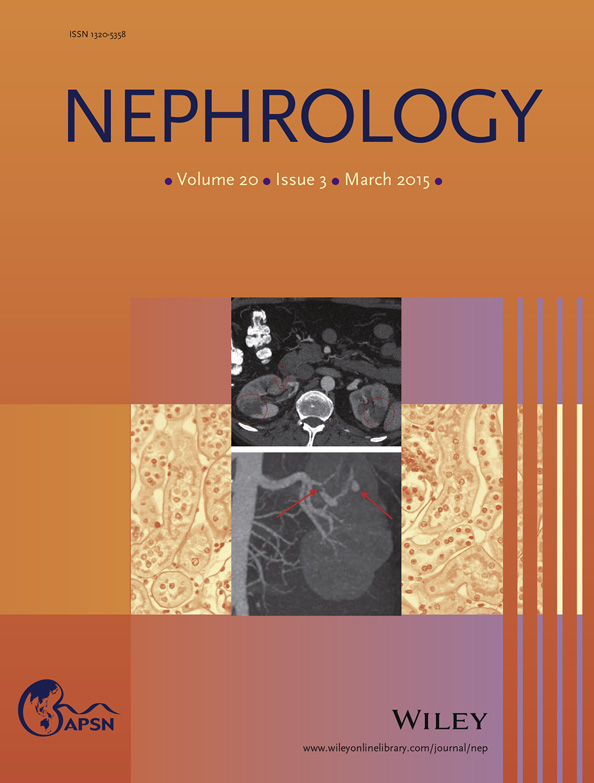Net endogenous acid production and mortality in NHANES III
Abstract
Aim
Low serum bicarbonate is a strong mortality risk factor in people with low estimated glomerular filtration rate (eGFR). It may also raise mortality risk in people with normal eGFR. This study investigated whether higher net endogenous acid production (NEAP), an estimate of net dietary acid intake and a risk factor for chronic kidney disease (CKD) progression, associates with higher mortality in people with and without low eGFR.
Methods
NEAP was calculated among adult participants in the Third National Health and Nutrition Examination Survey as −10.2 + 54.5 x (protein intake in grams per day/potassium intake in milliequivalent per day). Cox models were performed in the (i) total population and (ii) low eGFR and (iii) normal eGFR subgroups using the lowest NEAP quartile as the reference.
Results
Sixteen thousand nine hundred six participants were included in the analysis. The mortality hazard ratios (95% confidence interval) for the highest NEAP quartile (72–145 mEq/day) were: (i) 0.75 (0.62–0.90) in the total population; (ii) 0.77 (0.51–1.17) in the low eGFR subgroup; and (iii) 0.75 (0.61–0.93) in the normal eGFR subgroup after adjusting for demographics, serum bicarbonate, eGFR, albuminuria and comorbidities. The mortality hazard ratios in the second and third NEAP quartiles were similar to the lowest (reference) NEAP quartile in the total population and low and normal eGFR subgroups.
Conclusions
Higher NEAP is not associated with higher mortality in people with low or normal eGFR. Future studies should consider the effect of modifying dietary acid and alkali intake on mortality and CKD progression in people with reduced eGFR.




